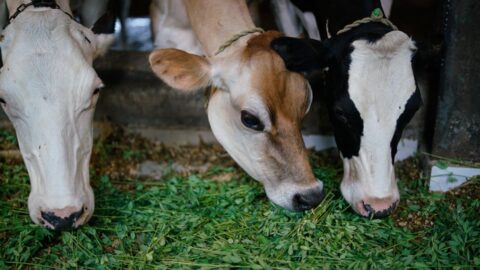Climate News: Hurricanes, Rainfall and Rainbow Trout
Guest blogger Lisa Moore, Ph.D., is a scientist in the Climate and Air Program.
Last week, Bill summarized two new studies about carbon dioxide levels in the atmosphere and ocean. This week brought three very different topics: hurricanes (quite timely, since today is the first day of the Atlantic hurricane season!), global rainfall patterns and rainbow trout.
There is a lively scientific discussion going on about the effects of global warming on hurricanes (see Wednesday’s post). A new study published in Nature added a new twist: global warming and hurricanes might interact to make global warming worse.
Global warming increases both evaporation and rainfall. In a paper released through Science Express, scientists showed that climate models were spot-on in predicting evaporation but underestimated rainfall. This is a great dataset to help scientists fine-tune the models. It also suggests that future rainfall could be higher in some areas than scientists have projected. Unfortunately, this does not dismiss concerns of drought in other areas. (Learn more here.)
And the last item on today’s menu: rainbow trout. In a paper published in the Proceedings of the National Academy of Sciences, researchers described fish behavior and survival rates in several lakes. In warmer years, rainbow trout survival declined as much as 50 percent. The reason: as water warms, metabolism increases, so fish need to eat more – and that can put fish in harm’s way. Hungry young trout expose themselves to predators more often.
Want more details on any of these studies? Let me know and I’ll try to do a post on it.











